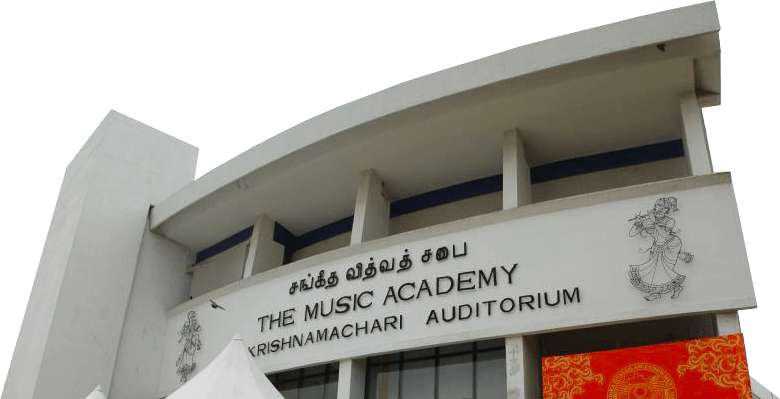

This has made their contribution to Carnatic music invaluable. All of them combined their immense knowledge, deep spirituality and profound traditional musicianship with an amazing sense of creativity and innovative spirit. The later part of 18th century saw the birth of three great composers of Carnatic music, who came to be celebrated as the Musical Trinity (Trimurti) - Syama Sastri (1762 - 1827) Tyagaraja (1767-1847) and Muthuswami Dikshitar (1776-1835). This scheme was formulated by Venkatamakhi in his treatise, Chaturdandi Prakashika, in 1660 AD. The scheme of 72 Melakartas is the proud of heritage of our music a complex yet systematic scheme found in no other style of music. Some of the most important developments in both Lakshana (theoretical) and Lakshya (practical) aspects took place during this period. It marks several important milestones of Carnatic music in diversified angles, thus, enriching this traditional art form, while preserving its past glory. The 17th century can be considered as a golden age of Carnatic music. Bharata's Natyasastra (2nd-4th Century AD) was the first treatise dedicated exclusively to the science of music and dance. One of the earliest references to musical theory is found in the Rik Pratisakya (around 400BC), which mentions the origin of seven notes. The present form of Carnatic music is based on historical developments that can be traced to the 15th - 16th century and thereafter. A number of musical treatises describing the concepts of Carnatic music were written. Classical Indian music flourished in the southern capital cities, particularly in Vijayanagara and Tanjavur. After the Sangita Ratnakara of Sarangadeva (1210-1247), the word "Carnatic" came to represent the South Indian Classical Music as a separate system of music.Ī clear demarcation between Hindustani music and Carnatic music as two different forms of Indian classical music is seen around the latter half of the 14th century.

In south India, the Shilappadikaram and the Tolkappiam also contain many verses that describe music. The Upanishads, Brahmanas, Puranas and the epics, Ramayana and Mahabharata contain several references to music, musicians and musical instruments. These used to be sung during Vedic sacrifices, using musical notes, mostly 3 in number, sometimes accompanied by a musical instrument. Sama Veda consists of Vedic hymns, set to musical tunes. The Sama Veda is said to have laid the foundation for Indian music. It is popularly believed that Indian music has divine origins.


 0 kommentar(er)
0 kommentar(er)
